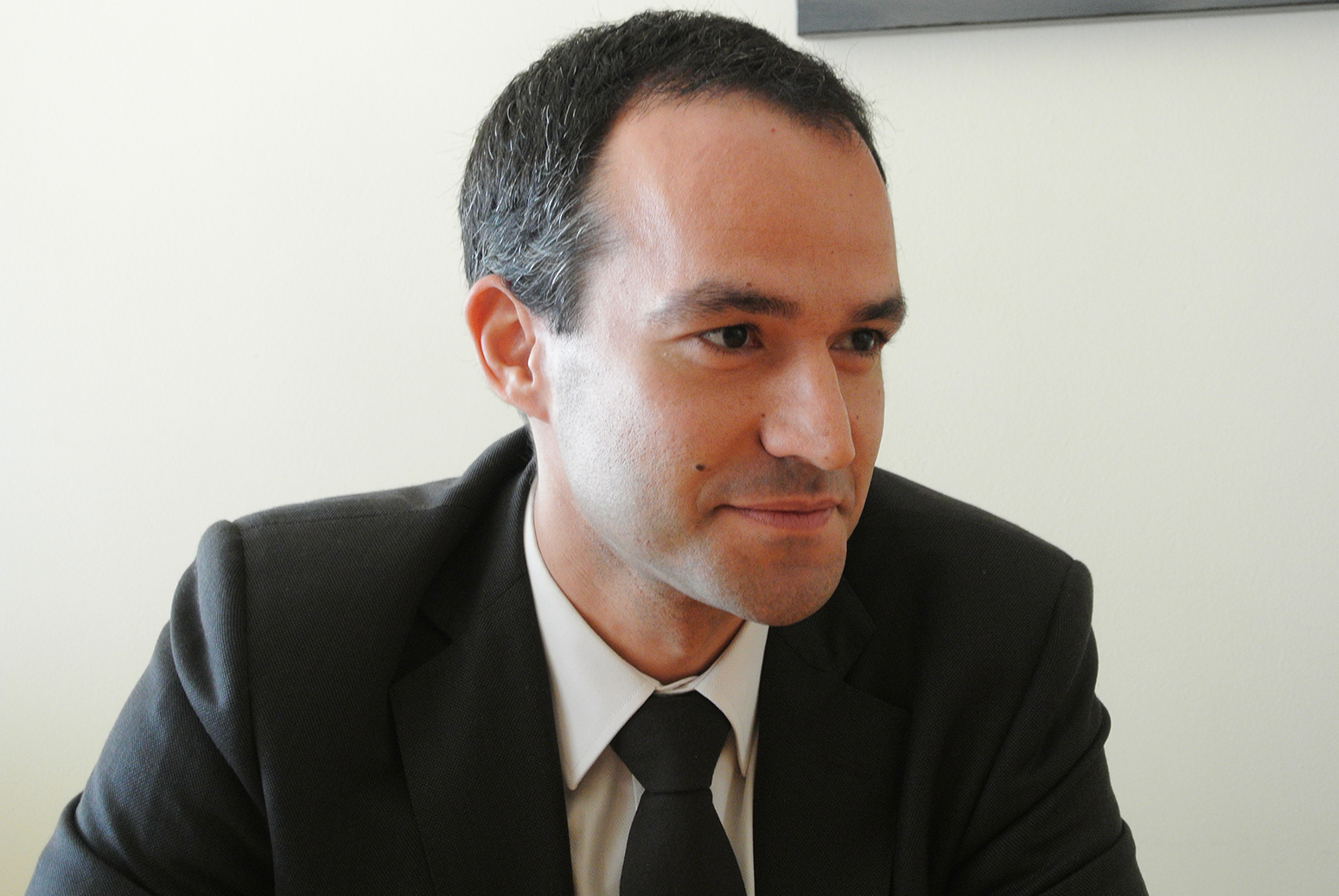“Clunk click, in every trip”
Today, for the vast majority of people, this phrase is virtually meaningless. Why? Because putting their seatbelt on has become a habit. Virtually everyone does it, without needing any instructions, suggestions or reminders.
Today, for the vast majority of people, this phrase is virtually meaningless. Why? Because putting their seatbelt on has become a habit. Virtually everyone does it, without needing any instructions, suggestions or reminders. But it took some effort to get to this point. There were many prevention and awareness campaigns on TV and advertising hoardings, there were activities in schools, automobile manufacturers installed warnings, we were given fines…
A habit is a behaviour which consists of reacting to a stimulus, resulting from frequent repetition until it becomes almost automatic. Before we get to the point of acting “automatically”, changing habits results from a conscious process of choices and mechanisms.
Only later does it start being done unconsciously. First came the conviction, then the formal mechanisms and now we all use a seatbelt without even thinking about it.
In 2014 Celbi embarked on a project aimed at changing habits, to improve safety. The key pieces of a system had already been consolidated, including the system itself being certified since 2005. But Celbi wanted to take it further. The company would continue to work with Resources and Processes (always).
But now was the time to invest in developing the People factor. The project had just one simple goal: to prevent people hurting themselves. It was put into practice in three stages and had very positive results. There wasand still is) a decrease in the number of accidents.
This article will focus on describing what was specifically done in terms of changing habits. Habits are formed in a cycle: Cue (stimulus) – Routine – Reward – Cue – Routine –… The safe behavior project was put together on the basis of this cycle. In order for people to change a routine, they need to be convinced of the benefits of changing. This was achieved via brief training sessions in 2014/15.
During this time, visual elements were developed, such as the video at the entrance to the remises, posters, placards etc. These were the Cues. New safety Routines were established during the following stage: Safety Walks, One-Minute Safety videos and Safety Notes. None of this was quick or easy. By continuously monitoring our initiatives (which we still do) we are able to see that in none of these have we achieved a 100% success rate. Of course some people have better behaviours than others. Some stick with the quantities stipulated for the routines, while others don’t. The same thing happened when we, as a society, started using seatbelts.
The Reward comes from the hierarchy recognizing good behaviour. “The most important indicator for me is always what my boss asks!” and it’s no different with safety. It has been three years since the project got underway in 2014. Perhaps those who come here every day find it hard to understand what’s changed. We made small changes, month after month. But the importance of all of them put together can be seen in the results of these changes.
As they go about their work, the people at Celbi are different. They have adopted safer habits. They’re still not perfect, but they’re on the right path. When you get into your car, I know you’re going to put your seatbelt on. And when you’re at Celbi, I know you’re going to behave safely.

